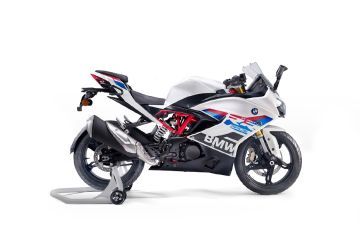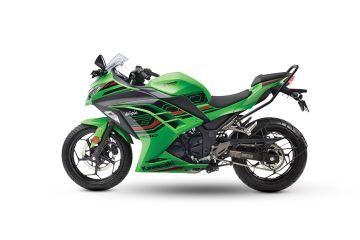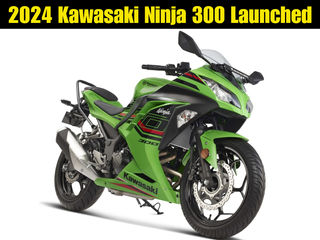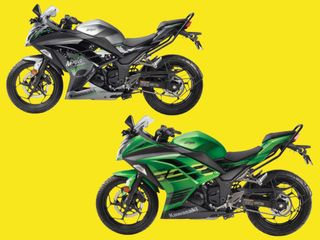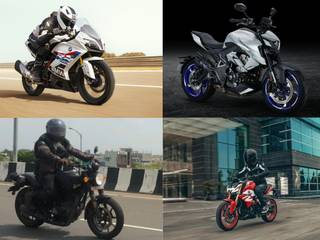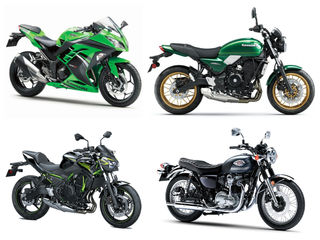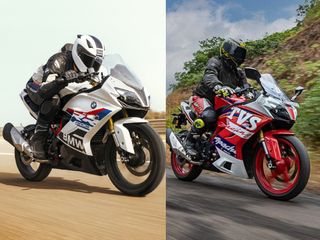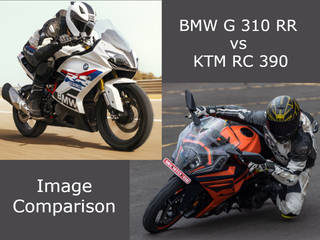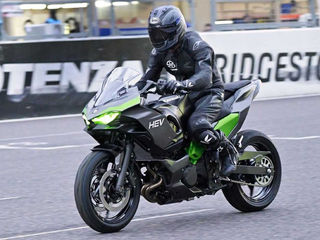|
|
| Engine Type |
Water-cooled, single-cylinder 4-stroke engine, four valves, two overhead camshafts and cam followers, wet sump lubrication
|
Liquid-cooled, 4-stroke Parallel Twin
|
| Engine Displacement |
|
|
| Max Power |
|
|
| Max Torque |
|
|
| Emission Type |
|
|
| Bore |
|
|
| Stroke |
|
|
| No Of Cylinders |
|
|
| Drive Type |
|
|
| Valve Per Cylinder |
|
|
| Fuel Type |
|
|
| Ignition |
|
|
| Compression Ratio |
|
|
|
|
|
|
|
|
| Mileage (Overall) |
|
|
| Top Speed |
|
|
|
|
|
| Tyre Size |
Front :-110/70-17, Rear :- 150/60-17
|
Front :-110/70-17 Rear :-140/70-17
|
| Wheel Size |
Front :-431.8 mm,Rear :-431.8 mm
|
Front :-431.8 mm,Rear :-431.8 mm
|
| Tyre Type |
|
|
| Radial Tyre |
|
|
| Wheels Type (Pressed Steel/ Alloy) |
|
|
|
|
|
| Seat height |
|
|
| Load carrying capacity |
|
|
| Length*Width*Height |
|
|
| Wheelbase |
|
|
| Length |
|
|
| Ground Clearance |
|
|
| Height |
|
|
| Width |
|
|
| Fuel Capacity |
|
|
| Kerb Weight |
|
|
| Total Weight |
|
|
| Tail Light |
|
|
| Front Brake Diameter |
|
|
| Rear Brake Diameter |
|
|
|
|
|
| Battery Type |
|
|
| Additional Features |
Castor - 107 mm, Steering head angle - 65°, Ride by Wire
|
Heat Management Technology, Caliper Front and Rear - Dual piston, Rake - 27°, Trail - 93 mm, Fuel Type / Minimum Octane Rating - Unleaded petrol/RON91, Hard Alumite Coating Piston, Dual Throttle Valves. Lubrication - Forced lubrication, wet sump
|
| Headlight |
|
|
| Turn Signal Lamp |
|
|
| Alternator |
Three-Phase Alternator 308 W
|
|
|
|
|
| ABS |
|
|
| Body Type |
|
|
| Starting |
|
|
| Seat Type |
|
|
| Display |
|
|
| Speedometer |
|
|
| Tachometer |
|
|
| Trip Meter |
|
|
| Low Fuel Warning Lamp |
|
|
| Clock |
|
|
| Stepup Seat |
|
|
| Passenger Footrest |
|
|
| Cooling System |
|
|
| Odometer |
|
|
| DRLs |
|
|
|
